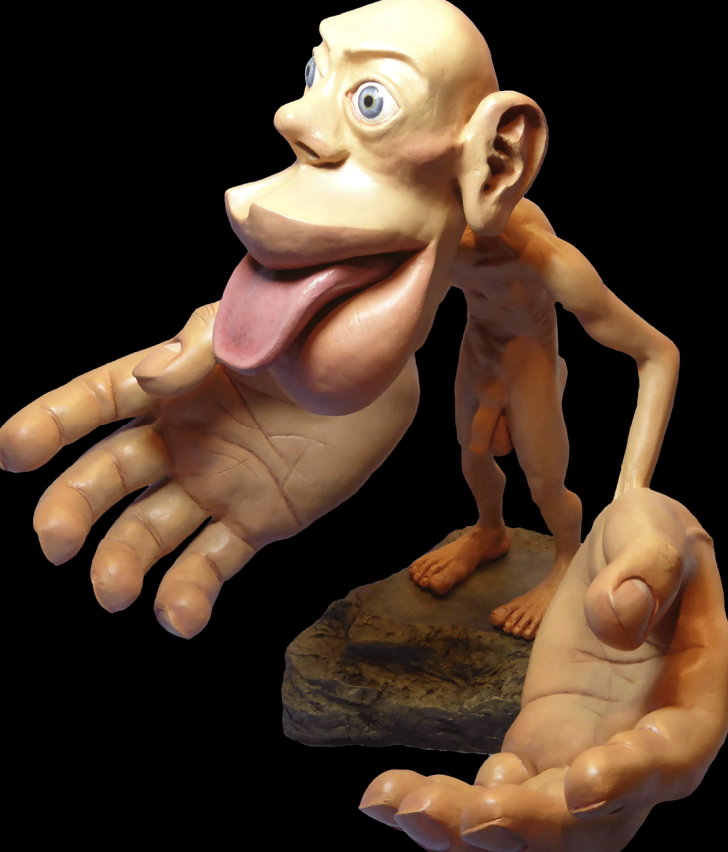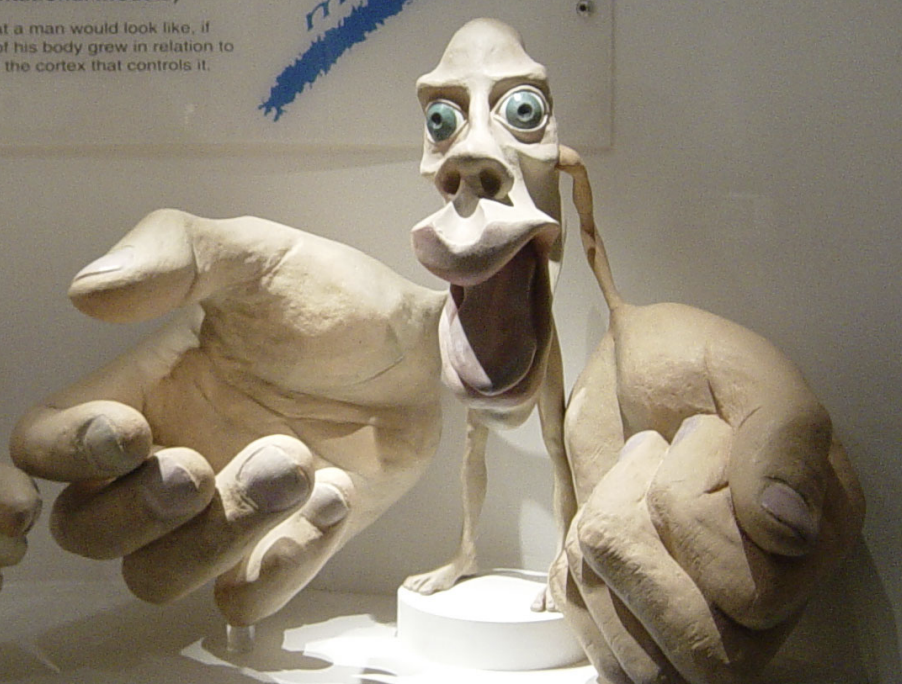Nervous System: Somatic System
1/21
There's no tags or description
Looks like no tags are added yet.
Name | Mastery | Learn | Test | Matching | Spaced |
|---|
No study sessions yet.
22 Terms
Somatic Nervous System
Responsible for conscious perception and the resulting voluntary response via the skeletal system (movement).
Type of sensory receptors
Light
Heat
Sound
Pressure
Chemical Changes
Sensation
The activation of sensory receptors
Perception
The processing of sensation into a meaningful pattern
Relationship between sensation and perception
Perception occurs from sensation.
But, not all sensation is perceived.
Transduction
The conversion of energy from sensations into electrochemical signals that travel through the nervous system.
Is what we perceive reality?
No, as our body does not have the receptors to perceive all forms of reality such as magnetic forces, polarised light waves, X-rays, etc.
Photoreceptors
Senes visible wavelengths of light
Mechanoreceptors
Sense vibration, sounds, proprioception, movement, stretching
Thermoreceptors
Sense too low or too high temperatures
Osmoreceptors
Sense changes in solute concentrations within the body
Noicireceptors/pain receptors
Sense chemicals released from tissue damage (pinching/burning sensation)
Chemoreceptors
Senses smells and taste, Oxygen (O2) and carbon dioxide (CO2)
Compound Sensations
Sensations that arise from a combination of many receptors
E.g Wetness: mechanoreceptors (feeling water), thermoreceptors (feeling the temperature of water)
Special Senses
Senses that have specialised organs
Tongue - Taste
Nose - Smell
Eyes - Sight
Ears - Hearing
Ears - Balance/Equilibrium
General Senses
Senses that are distributed through the entire body
Voluntary Sensations:
Touch & Pressure
Posture & Movement
Temperature
Pain
Involuntary Sensation:
Visceral Sense (e.g blood glucose levels, blood pressure)
Can be felt if the sensation is strong enough (e.g breathing in cold air)
Afferent pathways to the brain
There are multiple afferent pathways of nerves that send electrical impulses (information) to the brain for different sensation.
Electrical impulses/signals/information will always cross over to the opposite side of the body through the nervous system either when the electrical signal enters the spinal cord or the brain stem.
Where are sensations processed within the brain?
In the parietal lobe, specifically the somatosensory cortex
Sensory Homunculus (Little Man)
Indicates that the somatosensory cortex does not equally process information from all parts of the body.
Areas such as the hands, face, tongue and genitalia have a larger proportion of the somatosensory cortical processing reserved for them as they are the most sensitive parts of the body.

How are motor neurons activated?
A signal is sent from the primary motor cortex, travelling down an efferent pathway (crossing over either at the brain stem or when exiting the spinal cord), then reaching and activating the motor neurons at the designated skeletal muscles.
What part of the brain activates motor neurons for movement?
The primary motor cortex, located within the frontal lobe.
Motor Homunculus (Little Man)
Indicates that the primary motor cortex does not equally send signals all parts of the body.
Areas such as the hands and face, have a larger proportion of the primary motor cortex reserved for them as they can perform complex and finer movements such as speech.
